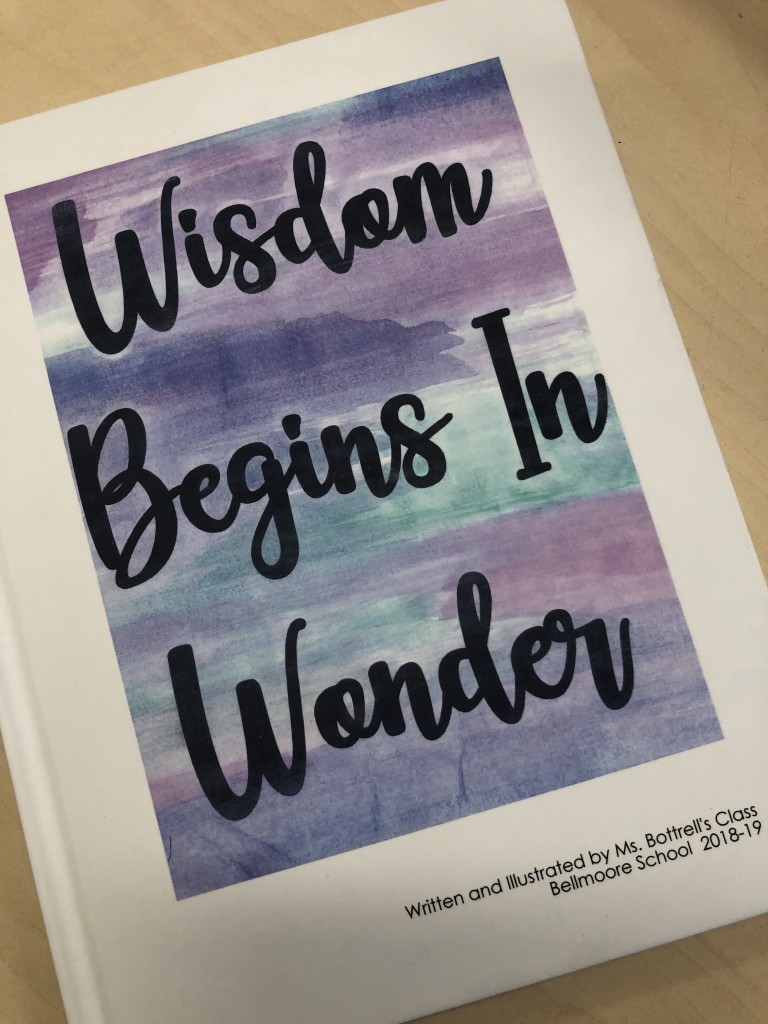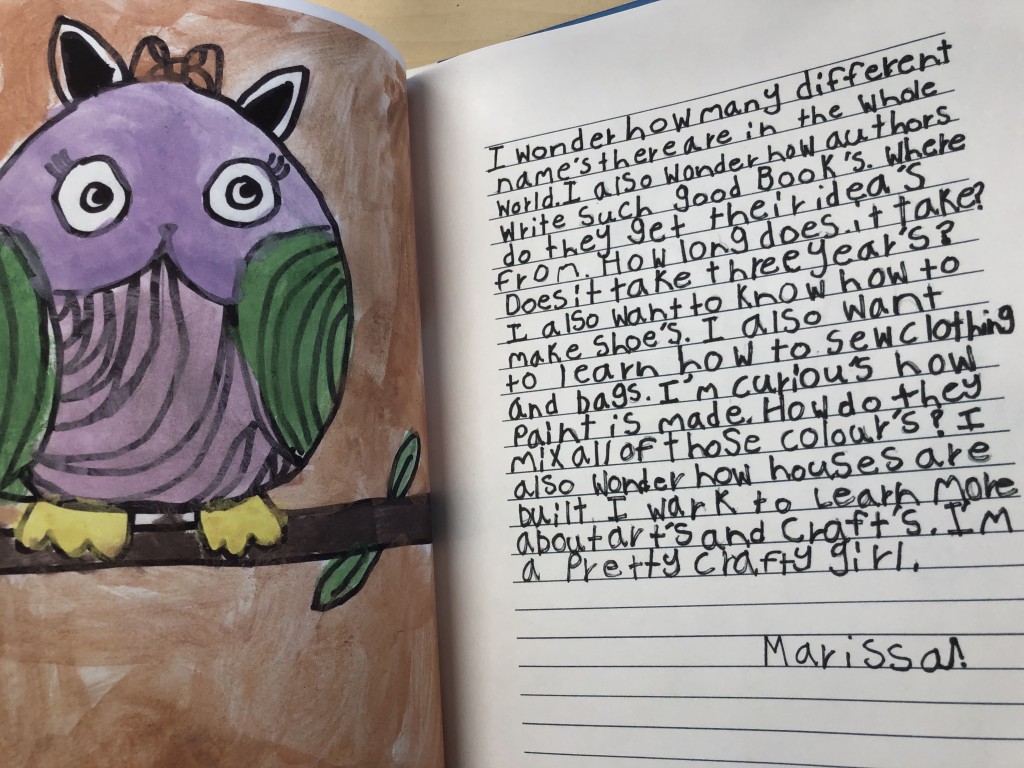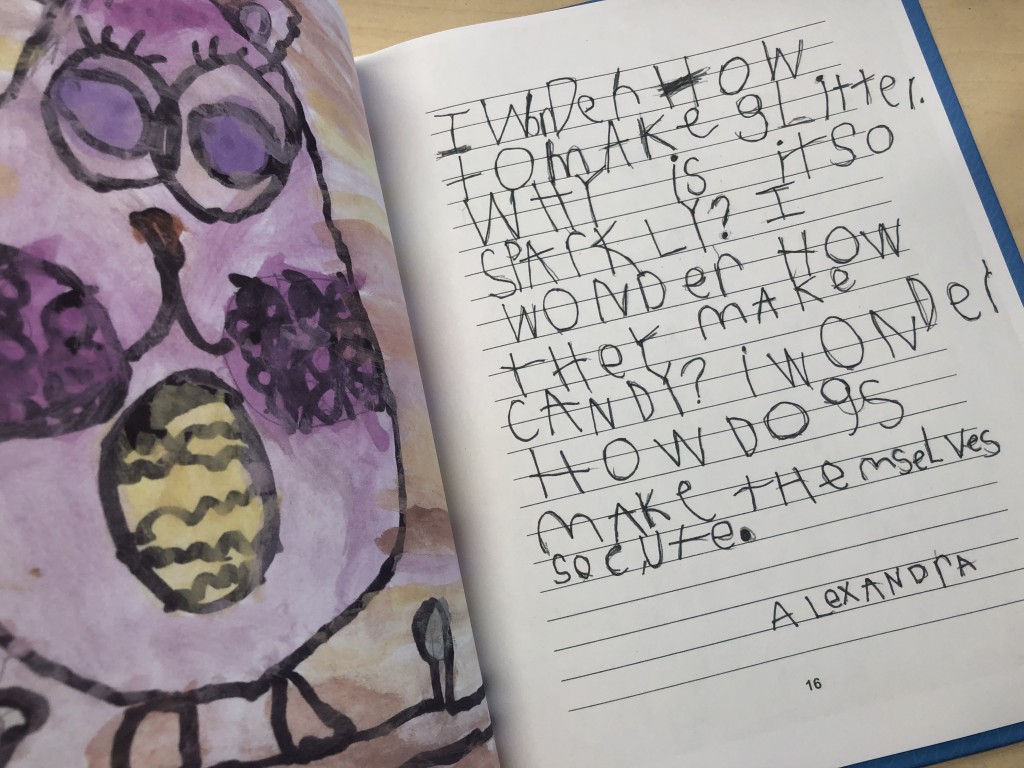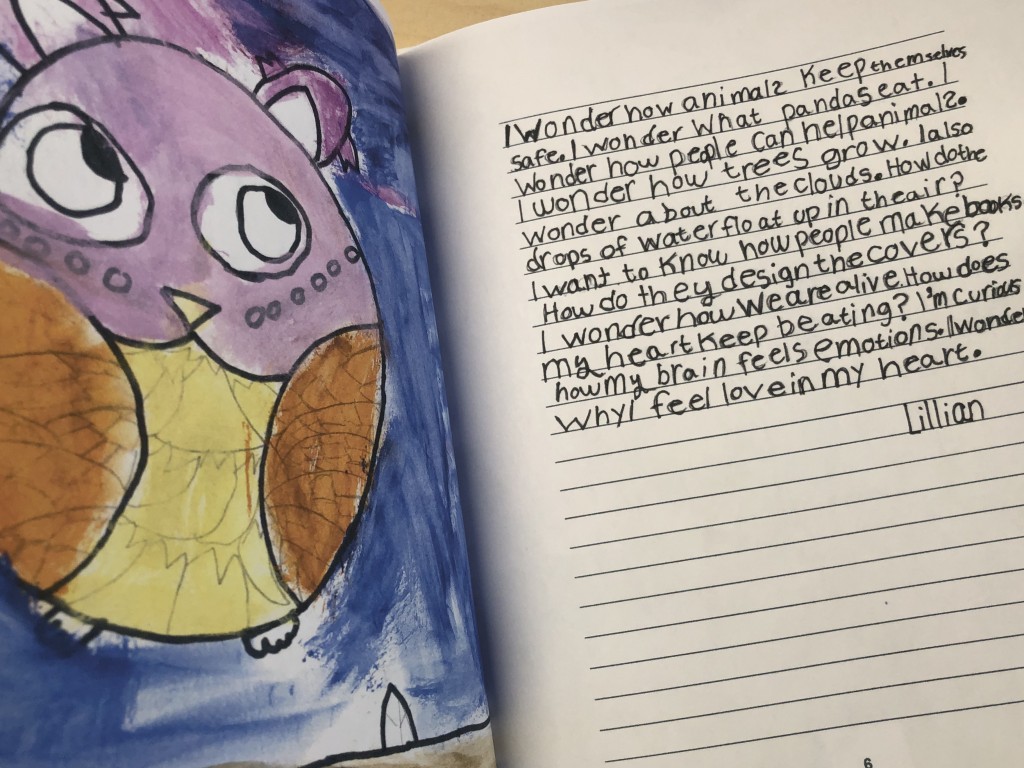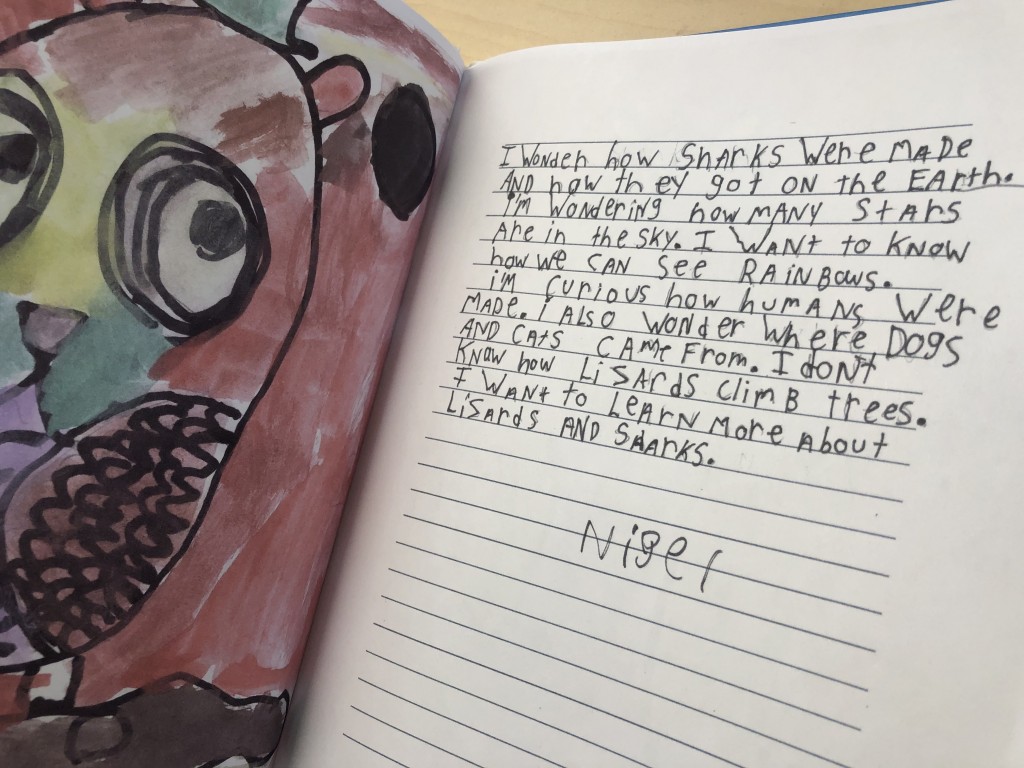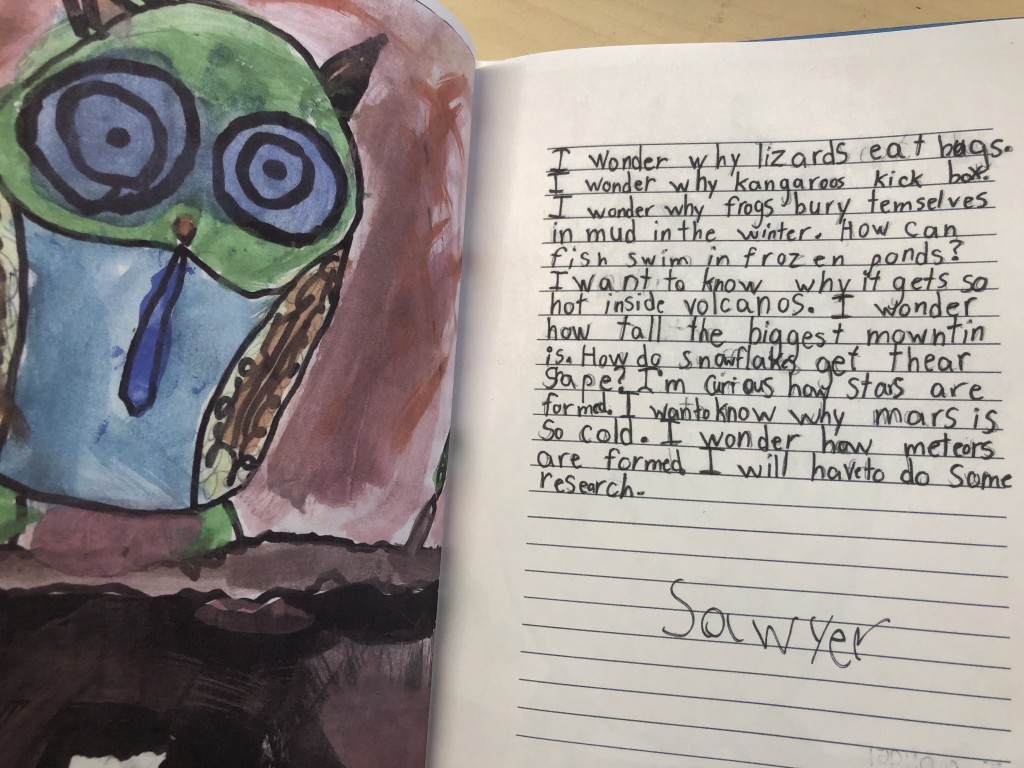I was working with my students on some proportional reasoning exercises in Math. It didn’t take long before I began thinking about numbers and the relationships that exist so beautifully and naturally within them – as one does. After considering the fractions, decimals, and percentages of our tasks that day, I realized that 18 days have sped past – as of this past Friday (Sept 27th, 2019). Here is some numerical context.
18 days
= 2.57 earth weeks (Monday to Sunday)
= 4 school weeks (Monday to Friday)
= 1/20th of a year(non-leap)+/-
= 432 life hours
= 5400 minutes of class time
= 3480 minutes of my teaching time (preps deducted)
= 1620 minutes of recess/lunch time (school days M to F)
= 9.2% of the instructional year
Reflecting on the numbers always makes it clear for me to see that we (grade 7s+ me) have already spent a lot of time working at the speed of education. With 18 days in the books, I am feeling optimistic and here are the P.R.I.M.E reasons why.
Patience pays off, not packets of paper
So often students are hurried back to full speed once September rolls around. I have always found it better to ease learners back into the year with broad cross-curricular learning, to activate as many areas of ability from past grades. This approach may make some teachers uncomfortable because it runs counter to archaic ideas of photo-copied workbooks. However, the buy-in from students has always been positive when they are given the time, space, and appropriate tasks to challenge them.
I choose collaborative work that offers low floor and high ceilings, whether it’s Math problems that cover more than one strand at the same time, or whole class discussions/inquiries into current events. Think about tasks and activities that allow each student to show what they can do, and are differentiated enough to honour each learner’s abilities.
My students are responding well to every chance they are given to work with each other instead of another “busy worksheet” packet. I encourage teachers to possess the patience to allow students a different start to the year instead of photocopied packets, to promote engagement instead of ennui.
Relationships = good
We have worked hard to establish our relationships and expectations. In my classroom this has always meant open and ongoing dialogue. Student voice is key in this educational democracy. By always allowing a place for students to be heard, I have found that classroom management and community building become a collective responsibility and benefit.
Since the first bell in September, we have established irreducible norms about responsibility, respect, collaboration, determination, and otherliness. When students have time to grow within their community in these areas, the dynamics of our class relationships are made more positive and enduring.
Invest with interest
The past 18 days in the classroom have also been about learning what makes each student come alive or avoid at school. Having students share their highs, lows, strengths, and weaknesses has provided invaluable insight into what makes them tick in and out of the classroom.
In 11 years, I have always been surprised by the amazing and diverse interests and talents of my students. Making sure they know I am interested in getting to know them is an investment I am happy to make over and over.
Manage it all
The first 9.2% of this instructional year felt like it happened in a blender. Regardless of years of experience, this can be hard when so many daily variables (ie. schedules, personalities, tasks, etc.) are swirling around for teachers to sort out – myself included. Despite 10 years of practice, I still find that I’m overprogrammed and behind schedule. Thankfully, most of my turmoil occurs outside of the classroom from instructional planning, SERT work, and meetings.
Teachers are known for their tireless work ethics, but there has to be limits too. It’s important not to burn out at the start of the year. Setting some boundaries and giving yourself permission to leave some work for the next day is good advice to manage it all.
Encourage everyone, everytime
Take time to celebrate accomplishments on a daily basis – no matter how small. I used our recent Fire and Lockdown Drills to comment on how my students responded so well in those situations. I have also filled our corkboards with fresh work to celebrate each week. When students know they are being noticed, they will feel and have validation. This is something we can honour 100% of the year in the classroom.
Even though 9.2 % of instruction is in the books, you can see how optimism is reaching its prime already. Wishing you all an excellent next 90.8% of your school year.
Additional reading:
http://www.wismath.org/Resources/Documents/Annual%20Conference/210JMetke-Low%20Floor%20High%20Ceiling%20Handouts.pdf




